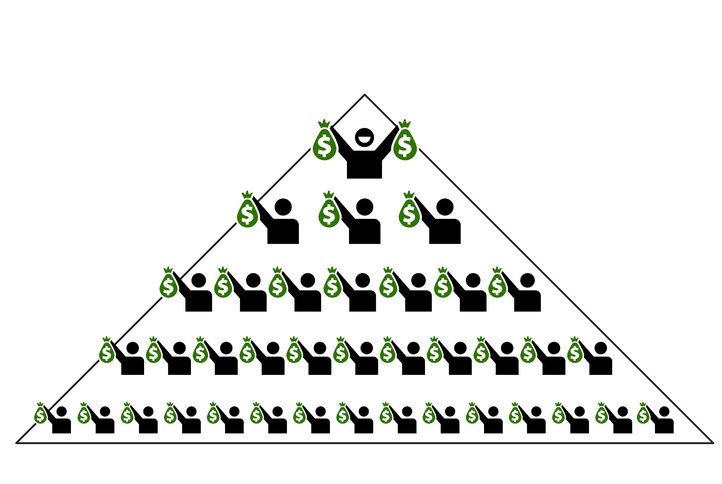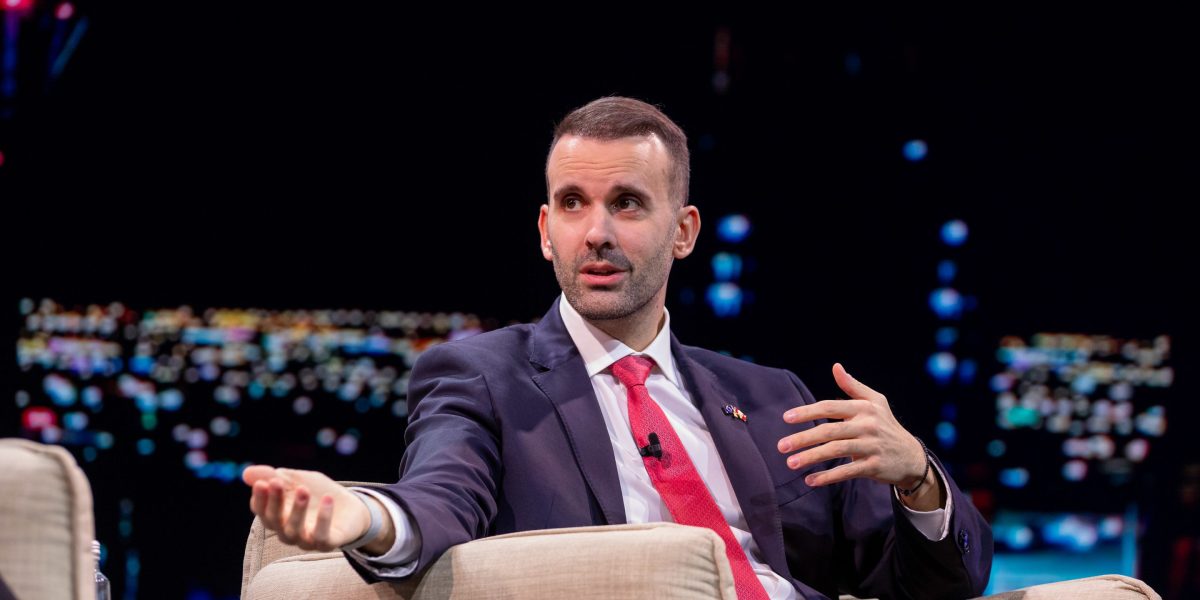I was on the Tube a few weeks back when I saw a teenager pull out a real clamshell flip phone. Her friend beside her was winding a disposable film camera like it was 1999.
I couldn’t help but smile. As a thirty-something Londoner who remembers those gadgets, I find it both ironic and fascinating that Gen Z – the generation raised on smartphones – is suddenly into these analog relics.
Vinyl records, paper planners, Polaroids, even typewriters and clicky mechanical keyboards – they’re all making a comeback in the hands of people born long after such devices were deemed obsolete.
Gen Z is supposed to be the ultimate digital native, so why are they embracing what some lovingly call “boomer tools” – the tech their parents and grandparents used?
I can’t help but think that watching teens swap iPhones for notebooks and Spotify for vinyl, it’s clear this is more than a quirky fad. Something deeper is happening.
Craving a break from screens
Digital burnout is real. If you’ve been glued to screens your whole life, the new rebellion is to unplug.
Three in five Gen-Zers say they’d like to be less connected to the digital world, and companies have noticed. A minimalist “Boring Phone” launched recently and sold so well that a second version is already on the way. Its pitch? A phone that “respects your time and attention” – basically, ditch your smartphone and get your life back.
This push for simpler tech isn’t limited to phones. Plenty of students now keep a paper planner to organize their week because they don’t want another app feeding them reminders. Writing in a notebook offers a quiet, private ritual that no pop-up can invade.
Analog tools do one thing well without trying to hijack your attention. Unplugging to journal or read can feel almost radical – a little dopamine detox from the digital buzz.
Nostalgia for a time we never knew
I think we can all agree that nostalgia is a powerful drug, even if it’s for an era you never lived through.
I’m old enough to remember dial-up internet and cassette tapes; most Gen Z folks aren’t.
Still, that doesn’t stop them from romanticizing the past. Some are even calling Gen Z “the most nostalgic generation” – and research shows 15% would rather think about the past than the future. Still not convinced? Views for #analogphotography have reached over 300 million!
After years of social media overload, it’s no wonder an analog world sounds comforting. No endless feeds, no news alerts – just tangible experiences.
Gen Z’s nostalgia isn’t a carbon copy of their parents’ youth – it’s more like a creative remix. On TikTok you’ll find teens in Y2K fashions jamming to Fleetwood Mac on vinyl. They say there’s something soothing about old music or grainy photos.
Embracing these retro touches seems to be a way to escape today’s hyper-digital culture, a comforting connection to a seemingly more authentic time.
Seeking authenticity and tangibility
In a world of copy-paste and curated feeds, it appears anything real appeals to younger folks.
For instance, research has shown “Gen Z are listening to more vinyl, CDs and cassettes than any other age group”. I can relate. A vinyl record has a warmth and heft that no Spotify stream can match – you can literally feel the grooves under your fingers. It’s the crackle before the music starts, the Polaroid developing in your palm, the texture of a planner’s paper.
Using analog tools also changes how we engage with content. Listening to an album on vinyl isn’t just hearing music – it’s an event. You have to flip the record, read the liner notes, and really listen instead of letting it play in the background.
Rebelling against Big Tech
There’s also a whiff of rebellion in this analog revival – a pushback against Big Tech and its all-seeing algorithms.
If you’re Gen Z, you’ve grown up with tech giants tracking your every move. Social media apps monitor your clicks, ads follow you around like a shadow, and everything you do lives on some cloud server.
Perhaps, Gen Z’s suspicion of data-harvesting tech is fueling the retro trend. As noted by McKinsey, “Gen Z and millennials are the most likely to perform digitally protective behaviors, such as paying for better security or trying to delete user data when they stop using a service.”
Choosing analog is a way of saying no thanks to that. Again, I can relate. When I buy a book from a local shop or play a vinyl record, I love that Google and Amazon aren’t logging those actions. It feels like reclaiming privacy and autonomy.
Similarly, using a basic flip phone means Facebook isn’t as easily siphoning your personal data or bombarding you with content – and that’s liberating. Embracing analog might just be a quiet protest against the idea that we all must be plugged in 24/7.
The best of both worlds?
None of this means Gen Z is abandoning modern tech – far from it. This is the generation that runs side hustles on Instagram and forms communities on Discord. What they’re likely seeking is a balance. They’ll use high-tech tools, but on their terms.
They might shoot video on a new iPhone but slap a VHS-style filter on it, or stream music all week and then spend Saturday digging through vinyl at a record store. It’s a mix-and-match approach: use the digital convenience, but savor the analog experience when it feels right.
So is analog cool again?
I’d say yes – not just because it’s retro chic, but because of what it represents. It stands for intentionality, quality over quantity, and a small rebellion against digital overload.
If a forward-looking generation like Gen Z finds wisdom in the slow, tactile lane, maybe the rest of us should pay attention. After all, the future doesn’t erase the past; sometimes it revives it in the most unexpected ways.


























